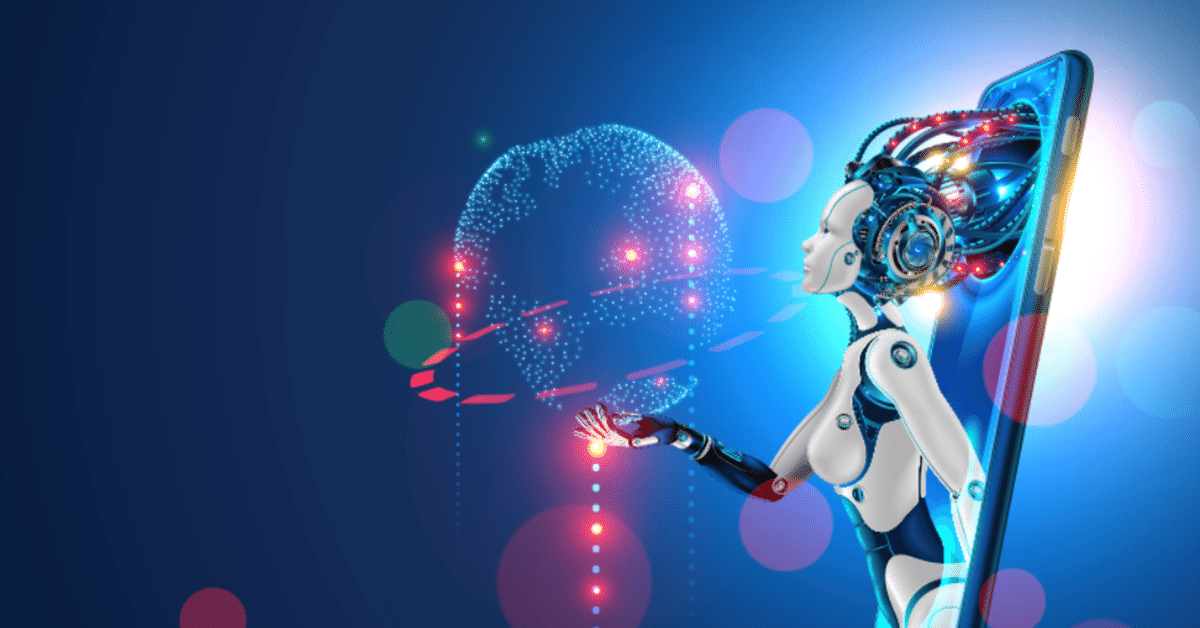
Fields and Applications of Artificial Intelligence
Now that we know what Artificial Intelligence is, let's move on and investigate different fields in which AI is applied.
Simulation of Human BehaviorHumans has five basic senses simply divided into visual, auditory, kinesthetic, olfactory, and gustatory. to create intelligent machines, we can separate disciplines as follows:
Listening and speaking
Understanding language
Remembering things
Thinking
Seeing
Moving
A few of these are out of scope for us, because the purpose of this course is to understand the fundamentals. To move a robot arm, for instance, we would have to study complex university-level math to understand what's going on.
Listening and Speaking
Using a speech recognition system, AI can collect information.Using speech synthesis, it can turn internal data into understandable sounds.Speech recognition and speech synthesis techniques deal with the recognition and construction of sounds humans emit or that humans can understand.
Imagine you are on a trip to a country where you don't speak the local language. You can speak into the microphone of your phone, expect it to "understand" what you say, and then translate it into the other language. can happen in reverse with the locals speaking and AI translating the sounds into a language you understand. Speech recognition and speech synthesis make this possible.
Understanding Language
We can understand natural language by processing it.This field is called natural language processing, or NLP for short.When it comes to natural language processing, we tend to learn languages based on statistical learning.Remembering Things artificial intelligence online course
We need to represent things we Know About The World.This Is Where Creating Knowledge Bases And Hierarchical Representations Called Ontologies Comes Into Play.Ontologies Categorize Things And Ideas In Our World And Contain Relations Between These Categories.
Thinking
Our AI System Has To Be An Expert In A Certain Domain By Using an expert system. An expert system can be based on mathematical logic in a deterministic way, as well as in a fuzzy, non-deterministic way.

The knowledge base of an expert system is represented using different techniques. As the problem domain grows, we create hierarchical ontologies. We can replicate this structure by modeling the network on the building blocks of the brain. These building blocks are called neurons, and the Network is called a neural network. There is another key term you need to connect to neural networks: deep learning. Deep learning is deep because it goes beyond pattern recognition and categorization. Learning is imprinted into the neural structure of the network. the deep-learning task, for instance, objects recognition using computer vision.
Seeing
We have to interact with the real world through our senses. We have only touched upon auditory senses so far, regarding speech recognition and synthesis. What if we had to see things? Then, we would have to create computer vision techniques to learn about our environment. After all, recognizing faces is useful, and most humans are experts at that.
Computer vision depends on image processing. However image processing is not directly an AI discipline, it is a required discipline for AI.
Moving is and touching is natural to us humans, but they are very complex tasks for computers. Moving is handled by robotics. This is a very math-heavy topic. For more at artificial intelligence online training
Robotics is based on control theory, where you create a feedback loop and control the movement of your object based on the feedback gathered. Interestingly enough, control theory has applications in other fields that have absolutely nothing to do with moving objects in space. because the feedback loops required are similar to those modeled in economics.Simulating
Intelligence – The Turing Test
Alan Turing, the inventor of the Turing machine, an abstract concept that's used in algorithm theory, suggested a way to test intelligence. as the Turing test in AI literature.
Using a text interface, an interrogator chats to a human and a chatbot. The job of the chatbot is to mislead the interrogator to the extent that they cannot tell whether the computer is human or not. What disciplines do we need to pass the Turing test?
Of All First, We Need To Understand A Spoken Language To Know What The Interrogator Is Saying.We Do This By Using Natural Language Processing (NLP) .We Also Have To Respond. Ai Online Training
We need to be an expert on things that the human mind tends to be interested in. We need to build an Expert System of humanity, involving the taxonomy of objects and abstract thoughts in our world, as well as historical events and even emotions.
Passing the Turing test is very hard. Current predictions suggest we won't be able to create a system good enough to pass the Turing test until the late 2020s. Pushing this even further, if this is not enough, we can advance to the Total Turing Test, which also includes movement and vision.
この記事が気に入ったらサポートをしてみませんか?
